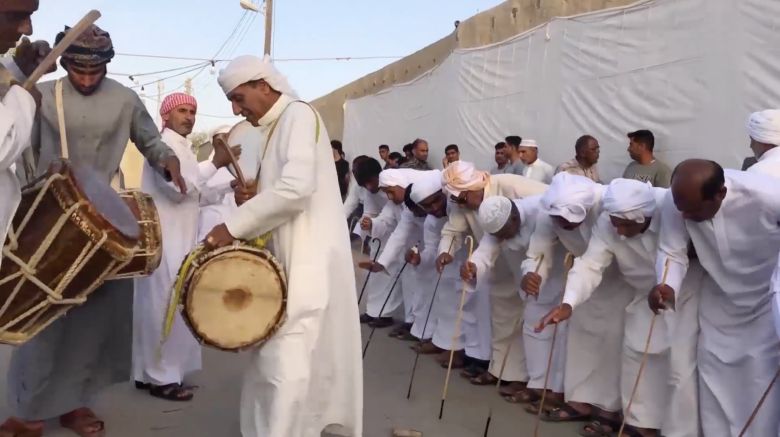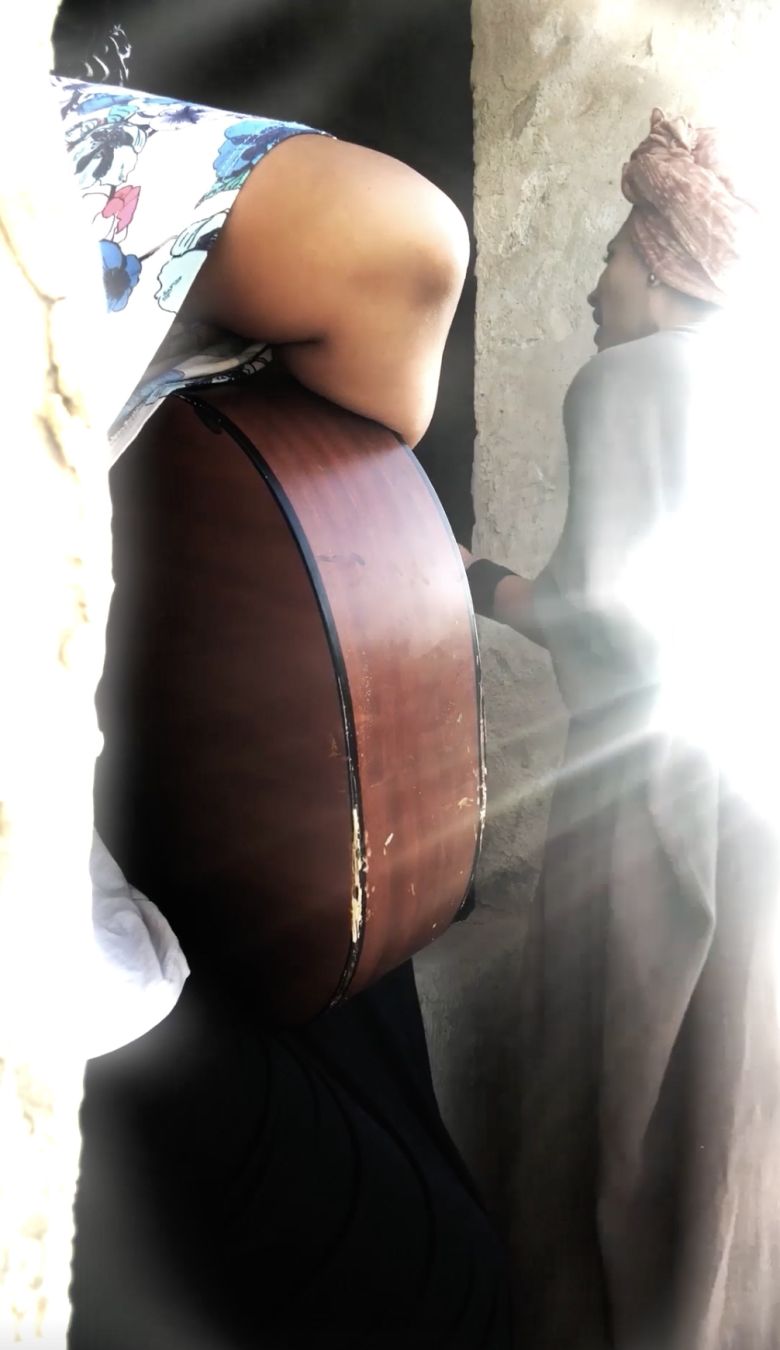mohit.art is delighted to present Sonic Spaces, the second issue of our regular multimedia online publication mohit.art NOTES, which explores the relationship between space, atmosphere, thought, feeling, and movement in different artistic genres and formats. This issue is a journey through diverse sonic spaces in Iran that guest editor Raha Faridi has traversed, experienced, listened to, and filmed over the past few years. Music not only determines her life as an experimental artist, filmmaker, producer, and broadcaster but also defines and determines different social and cultural spaces. Music is a powerful form of communication, providing insight into local community practices and ways of living together while building bridges between different cultural contexts.
In the first video, accompanied by a text and images, we find ourselves in the midst of a wedding ceremony in the village of Salakh on the island of Qeshm in the Persian Gulf in 2021, where the rhythm of the drums dohol (bass sound), pipeh (middle sound), and kasr (low sound) directs the singing and dancing of the men— the women celebrate, dance, and sing in their own space. In the southern village, music, tradition, and community conventions flow together and take over public space for the duration of the ceremony.
We stay for a moment in the south of Iran, where Raha’s mother is originally from, and follow her into a completely different musical space, that of improvisation. An old cistern, known as “Ab Anbar” in Farsi and “Borka” in the south, becomes a sonic space of exuberant sensations. While the video brings us close to the two musicians, allowing us to share in the sound and experience of improvisation, the text and images transmit the musical practice and the atmophere of the place and landscape.
Hannah Jacobi, “Sonic Spaces: Editorial,” in mohit.art NOTES #2 (June 2023); published on www.mohit.art, May 26, 2023.

